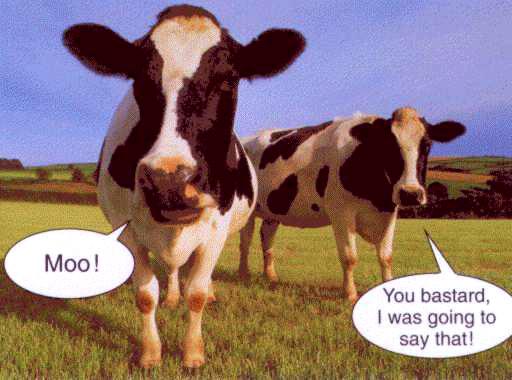So not how to get to Christchurch
It seemed like a good idea at the time. Air New Zealand's Grabaseat had flights from Oamaru to Christchurch for $28 each way, so I booked in for a long weekend. The flight was leaving at a stupidly early time in the morning, so I thought I'd go up the night before and try out one of the three new restaurants that have opened in and around Oamaru.
But then my dance card began to get full. First there was the release of the Plato to help entertain a visitor to work: since I had something to ask him and hadn't been to Plato for a year or so, I was in.
That meant a very early drive up to Oamaru: I was a little disturbed to get there and see no plane, and a fair amount of fog. Sure enoug, eventually, the plane was cancelled: this for a trip I was only ever taking because the fare was so cheap. Of course, I had made some plans of what to do in Christchurch, so I ended up driving the whole way.
Oh, and Plato was just as fabulous as I'd thought it would be - whitebait fritter entree, steak with a garlic potato mash followed by a micro chocolate cake. And Haunted Love were also fabulous - a few songs followed by the DVD. The thing I love about this band is the way they use the two voices - they tend to counterpoint each other, rather than harmonise - and the style they bring to what they do. They even manage to make a Kylie Minogue cover sound like serious music.







